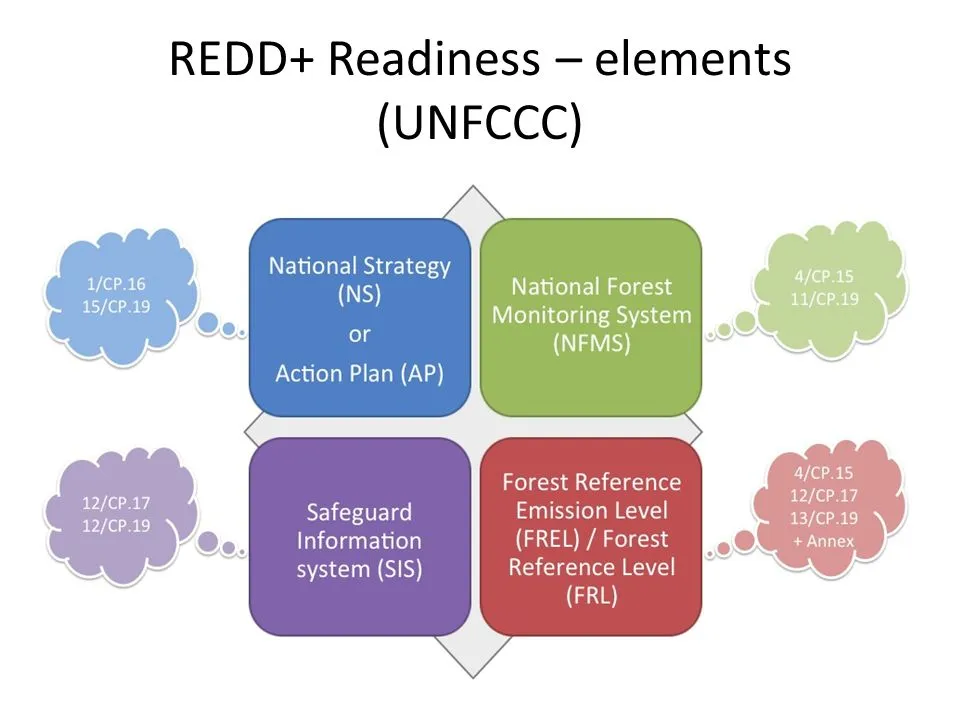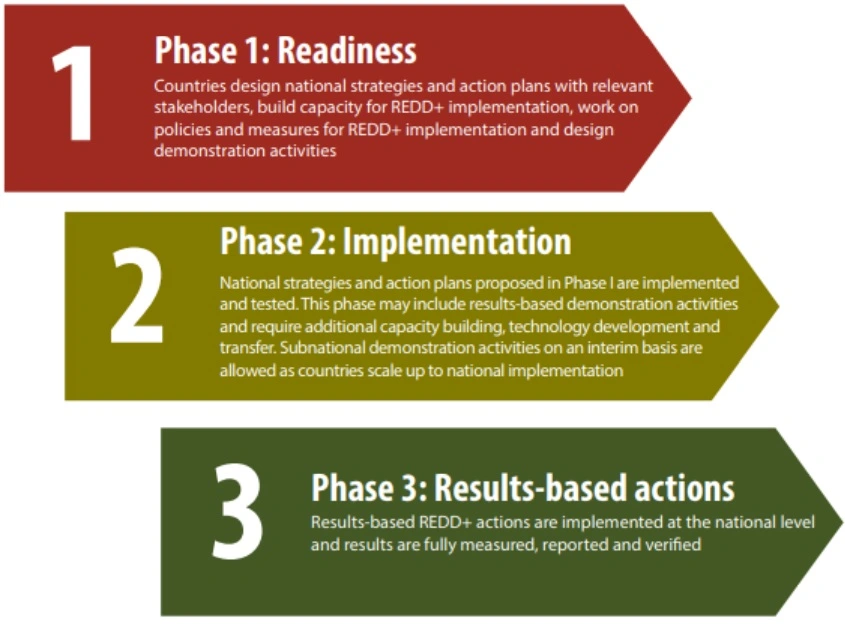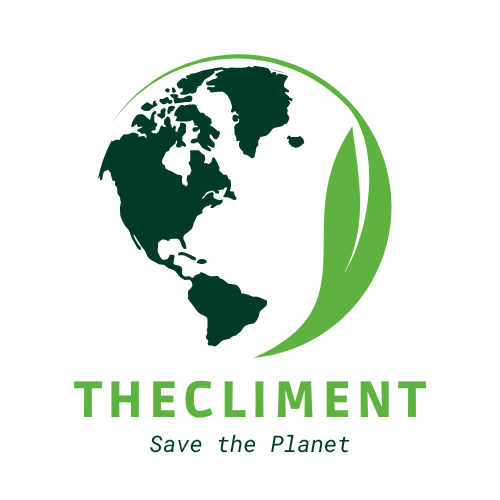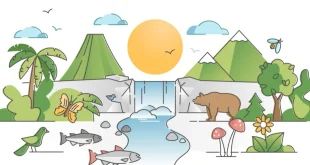
What is REDD+?
Protecting the world’s forests is vital for the climate. Forests absorb huge amounts of carbon dioxide and can be a cause of greenhouse gas emissions when destroyed or cut. In reaction, Party countries to the United Nations Framework Convention on Climate Change (UNFCCC) have developed a climate change mitigation methodology designed to incentivize developing countries to reduce emissions from deforestation and forest degradation (REDD+).
This mitigation approach is known as REDD which means ‘Reducing emissions from deforestation and forest degradation in developing countries. The ‘+’ stands for additional forest-related activities that protect the climate. Such as sustainable management of forests and the conservation and enhancement of forest carbon stocks. Under the agenda of these activities, developing countries may receive results-based payments for emission reductions. This serves as a major incentive for their hard work.
The Warsaw Framework for REDD+
It is commonly mentioned as the Warsaw Framework for REDD+ (WFR) adopted at CoP 19 in Warsaw, in December 2013, and is responsible for the complete methodological and financing guidance for the implementation activities. It is also documented in Article 5 of the Paris Agreement, where Parties re-repeated the encouragement to implement REDD+ activities, and that these should be an essential element of the Paris Agreement. Therefore, the WFR is a basis for Parties engaged to fulfill the highest level of commitment to climate actions in the forest sector.
It primarily aims to reduce human pressure on forests by implementing activities by national governments that result in greenhouse gas emissions at the national level. As a provisional measure, it also recognizes subnational implementation. The activities can be implemented voluntarily and depend on national circumstances, capabilities of developing country, and the level of support. https://unfccc.int/topics/land-use/workstreams/redd/what-is-redd?
Benefits for Developing Countries
Developing countries that meet REDD+ requirements of the UNFCCC, will receive results-based payments for verified emissions reductions. As such, it generates an incentive for these countries to emission reduction from forests. This incentive is invested in low-carbon paths to sustainable development. By implementing actions, countries will subsidize conserving their national biodiversity and the global fight against climate change.

In addition to the environmental benefits, it also suggests social and economic benefits. REDD+ is also a measure to realize the achievement of the 2030 Agenda for Sustainable Development. Agenda 2030 was approved by world leaders in September 2015. The new agenda demands countries start efforts to achieve 17 Sustainable Development Goals in the next 15 years.
Though REDD+ is directly linked to Climate Action (goal 13), it can also play an important role in Responsible Consumption and Production (goal 12), Gender Equality (goal 5), Life on Land (goal 15), and Decent Work and Economic Growth (goal 8) among others
Importance
Deforestation and forest degradation release carbon as trees store and emit it when cut. As up to 11 percent of emissions are caused by deforestation and forest degradation, the reduction of these emissions must be part of the global strategy to fight climate change. It is a recognized mechanism to do so.
In addition to their carbon storage and sinks, forests are valuable in many other ways. This includes soil protection, water regulation, non-timber forestry products including food and fiber, climate regulation, and biodiversity. By preserving forests, REDD+ offers a wide range of social, environmental, and economic benefits to developing countries and forest communities.
Phases of REDD+
The UNFCCC defines the three phases as:

Phase 1: Readiness: Countries need to design national strategies and action plans with relevant stakeholders, capacity-building activities to implement REDD+. Also develop policies and measures related to REDD+, and design activities for demonstration.
Phase 2: Demonstration: demonstrate and test the national strategies, policies, and action plans proposed in Phase I. This may include results-based demonstration activities and may need additional capacity building, and technology development.
Phase 3: Implementation: At the national level, results-based actions are implemented and results are fully measured, reported, and verified. Countries can enter into results-based payments when they have completed the reporting, assessment, and analysis processes under the UNFCCC.
Stakeholder Engagement in REDD+
Full and effective stakeholder engagement is crucial to REDD+ for several reasons. Firstly, UNFCCC decisions have constantly called for Parties to make sure the full and effective participation of relevant stakeholders in the design and implementation of national strategies/action plans. Secondly, there has been a strong mandate for meaningful stakeholder engagement from donors, indigenous peoples, civil society, and REDD+ countries since the early days of REDD+.

Thirdly, because of the transformational reforms REDD+ can require, success depends on partnerships and buy-in across a large swath of government, society, business, and institutions. Stakeholder engagement is not just a matter of integrating the views of the different actors that are worried by REDD+, but can also craft partnerships, agreements, and inclusive and gender-sensitive policies that will make REDD+ transformational, attainable, and long-lasting.
Particular consideration should be paid to engagement with forest-dependent communities, including indigenous peoples, which play a key role in the conservation and sustainable management of forests and possess knowledge and institutions that can contribute to its objectives.
Reporting to the UNFCCC
The elements that are being developed during the REDD+ readiness phase should be in place when developing countries pursue to obtain and receive results-based finance for results-based actions that are fully measured, reported, and verified. Information that is required to be reported to be eligible for results-based finance includes:
- The assessed results (tonnes of CO2 per year) for each relevant period.
- The assessed forest reference level (tonnes of CO2 per year)
- The summary of information on how all of the safeguards are being addressed and respected
- A link to the national strategy or action plan
- Information on the National Forest Monitoring System (NFMS).
Once reported, all of the information above is available on the Information Hub for REDD+. The WFR strengthens trust among actors by offering transparency on implementing REDD+ actions. While it also allow the flexibility for countries to implement REDD+ activities depending on their national circumstances, capabilities of each developing country and the level of support received. The transparency of REDD+ activities by the WFR is also essential to ensure environmental integrity and consistency with the Paris Agreement.
 The Climent Respect your roots, Protect your planet
The Climent Respect your roots, Protect your planet
